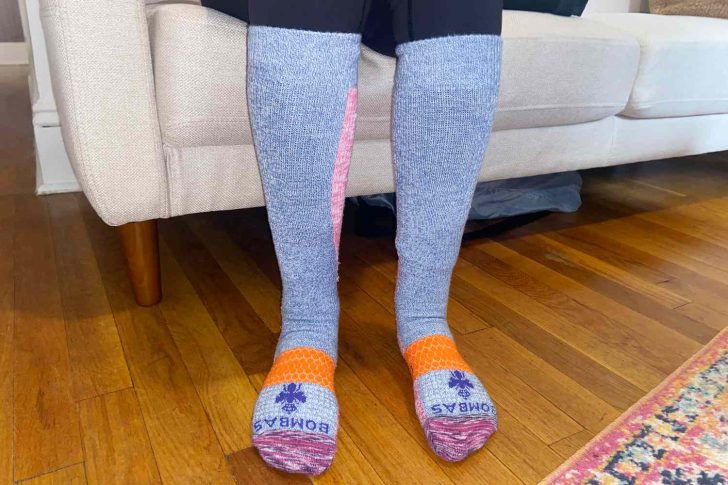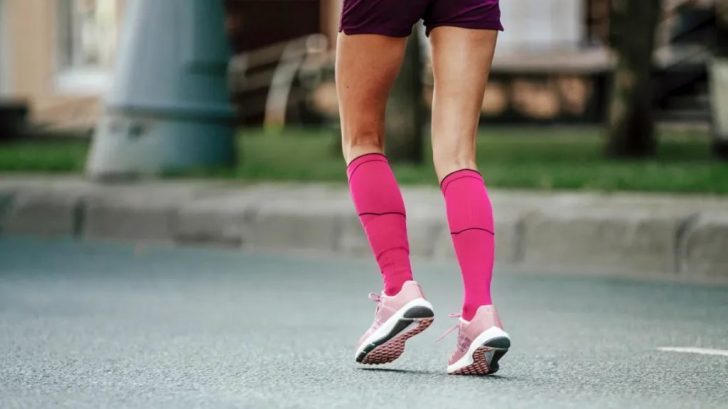Can compression stockings dislodge a clot? This is a common concern among those using these medical devices. Blood clots, or thrombi, can be a serious health issue, causing pain and potentially life-threatening conditions like pulmonary embolism. Understanding how compression stockings work and their effects on blood clots is crucial for anyone dealing with clot-related health problems.
Blood clots form when blood thickens and clumps together, usually in response to injury. However, they can also form in veins deep inside the body without any apparent cause. These are known as deep vein thromboses (DVT). The danger arises when a clot breaks loose and travels to the lungs, causing a pulmonary embolism.

Symptoms of a blood clot include swelling, pain, and discoloration in the affected area. If you suspect a clot, it is essential to seek medical attention immediately.
What are Compression Stockings Anyway?
Compression stockings are designed to improve blood circulation in the legs. They exert pressure on the legs, helping the veins and muscles move blood more efficiently. The stockings are tighter at the ankles and gradually become less constrictive towards the knees and thighs. This graduated pressure helps prevent blood from pooling and forming clots, especially during periods of inactivity such as long flights or bed rest.
This is where a critical question arises: Can compression stockings dislodge a clot? The short answer is no. The pressure exerted by compression stockings is not forceful enough to dislodge an existing blood clot that is already adhered to the vein wall.

Their main function is to prevent venous stasis, where blood flow slows and pools, creating a prime environment for clot formation.
How Do Compression Stockings Work?
Compression stockings come in various pressure levels, from mild to strong compression. A healthcare provider usually recommends the appropriate level based on the patient’s specific needs. Mild compression is often used for general prevention and comfort, while higher levels are prescribed for more serious conditions such as chronic venous insufficiency or severe swelling.
If a blood clot is present, medical treatment is necessary. This may include anticoagulant medications, which thin the blood and help prevent further clotting, or in some cases, surgical intervention to remove the clot. Relying solely on compression stockings without addressing the underlying clot can be dangerous.

However, it is important to note that compression stockings should be properly fitted to ensure they are effective and comfortable. Ill-fitting stockings can cause discomfort and may not provide the necessary pressure gradient to promote proper blood flow. Consulting with a healthcare professional is vital to get the right fit and compression level.
Can Compression Stockings Dislodge A Clot?
Using compression stockings as part of a broader strategy to prevent blood clots is effective. They are particularly beneficial for individuals at higher risk, such as those with a history of DVT, those who are immobile for extended periods, or those who have undergone surgery.
Coupled with other preventative measures like staying hydrated, moving regularly, and taking prescribed medications, compression stockings play a significant role in maintaining vascular health.
So, can compression stockings dislodge a clot? The answer remains a reassuring no. These stockings are designed to support and improve blood circulation, making them a preventive tool rather than a treatment for existing clots. Their role in managing venous health is indispensable, helping many avoid the complications associated with blood clots.




